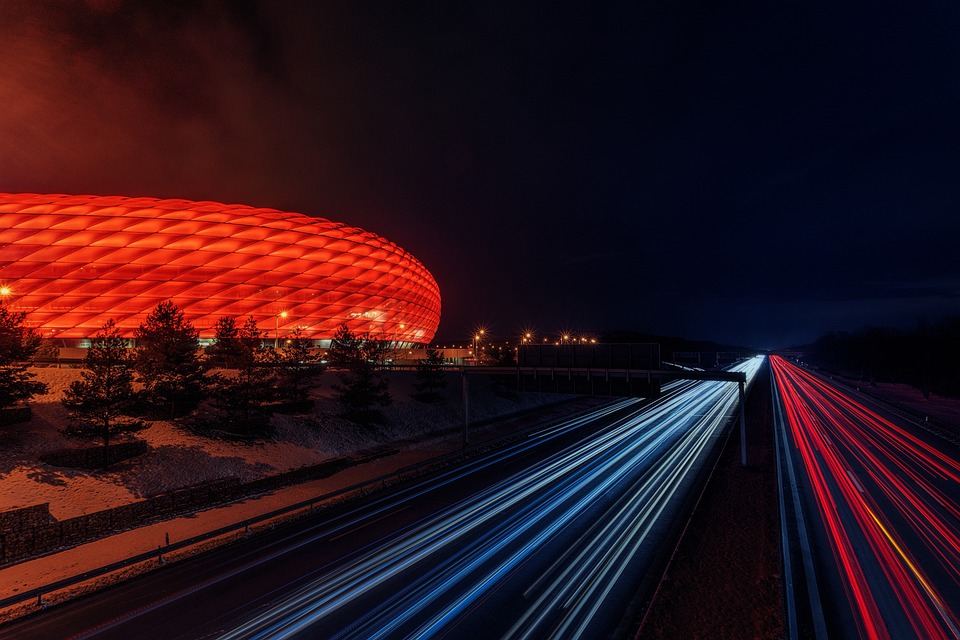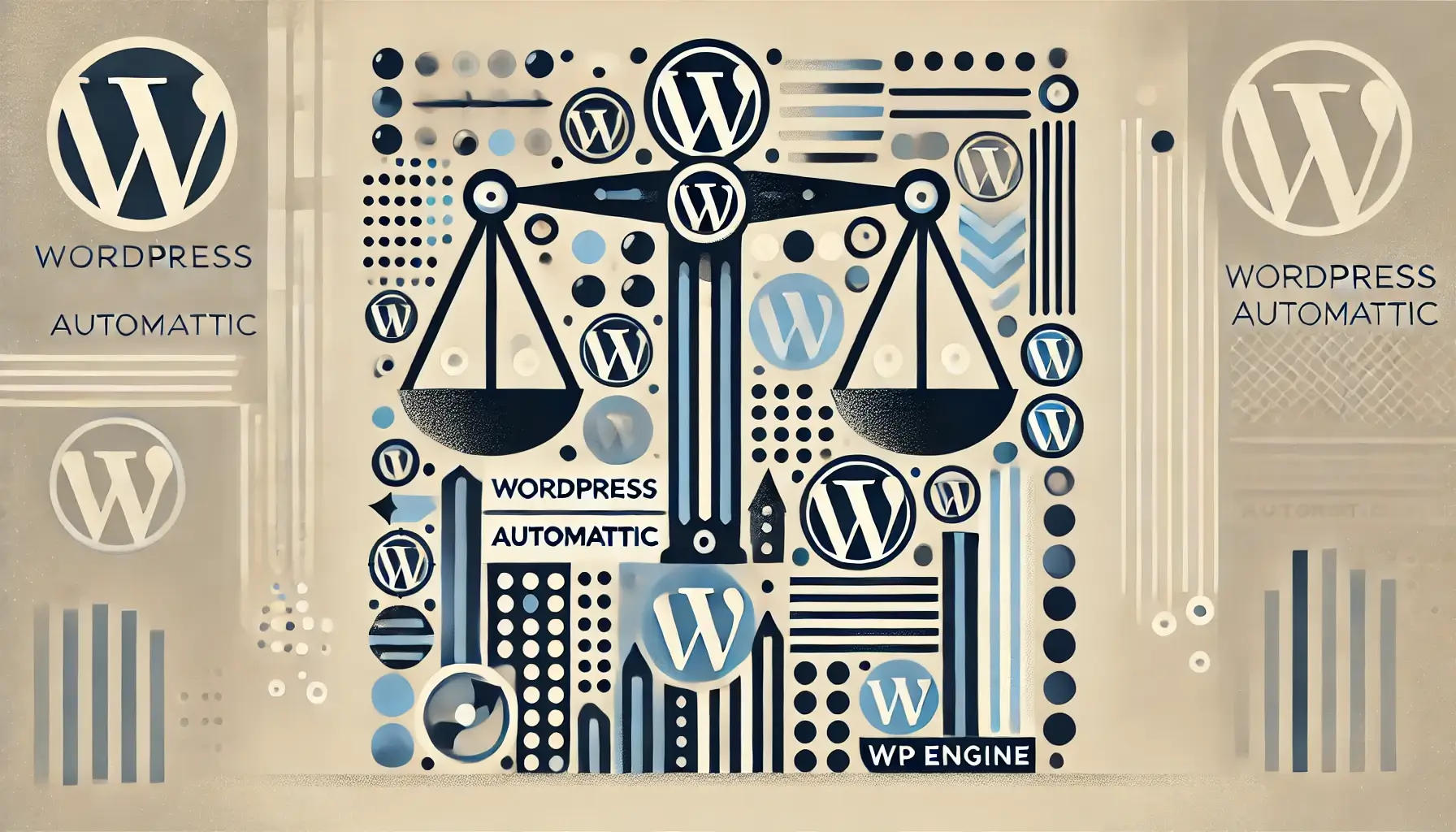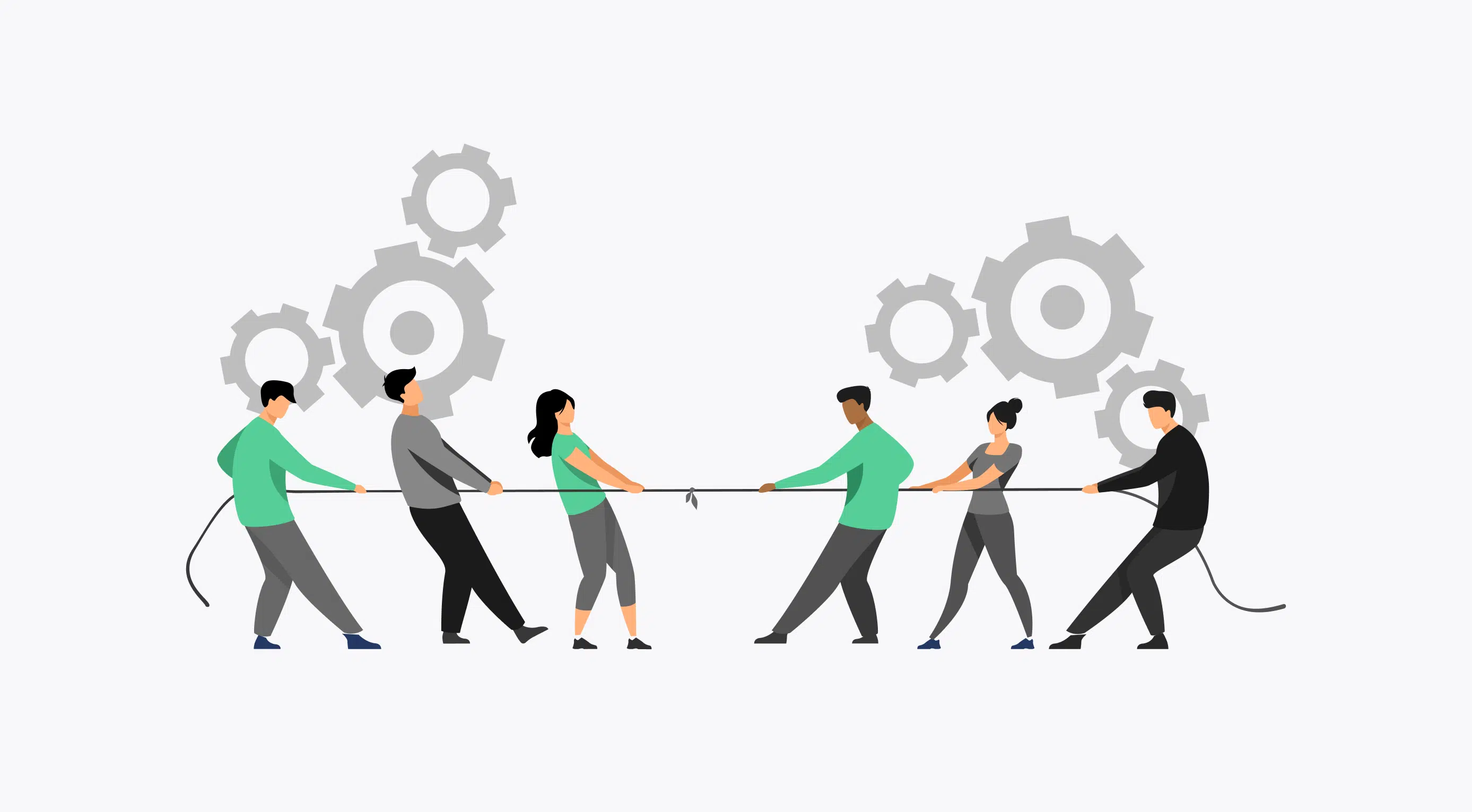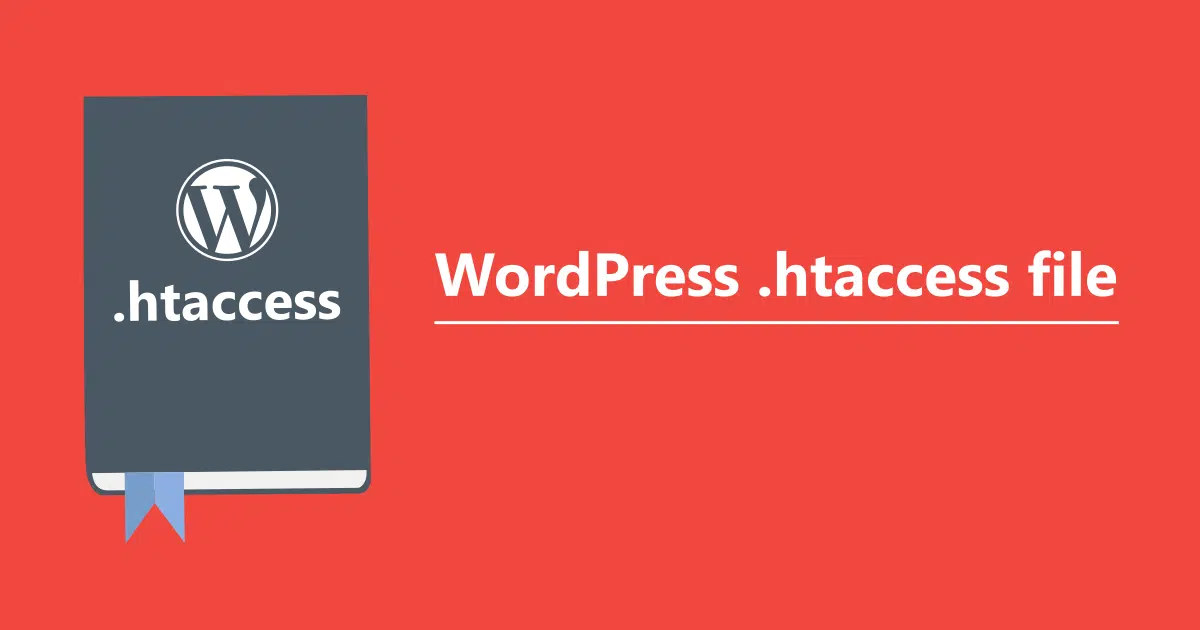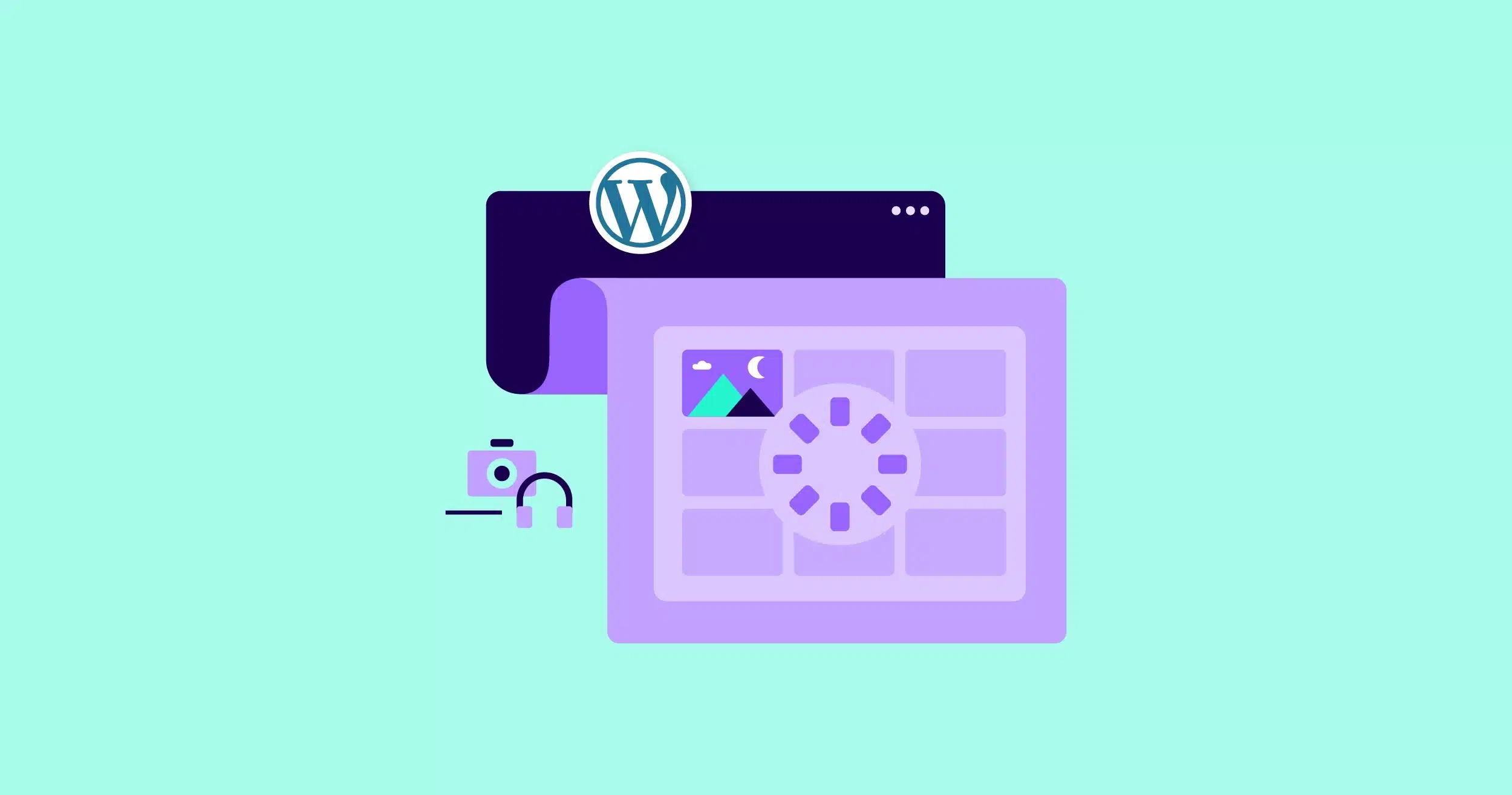Introduction:
In today’s fast-paced digital world, a slow-loading website can be incredibly frustrating for both visitors and website owners. Slow websites lead to higher bounce rates, lower conversions, and ultimately, a negative impact on your business. One of the key factors contributing to website speed is the WordPress theme and page builder being used. In this article, we will explore how Elementor, a popular page builder for WordPress, can be used to boost website performance and deliver a seamless user experience.
I. Understanding WordPress Performance:
Before delving into the solutions, let’s first understand the factors that affect WordPress performance. These include Hosting infrastructure, page caching, image optimization, database management, and the theme or page builder used. While each component plays a role, the choice of a page builder can have a significant impact on the overall performance of your website.
II. Introducing Elementor: A Game-Changing Page Builder:
Elementor is a revolutionary drag-and-drop page builder that has gained significant popularity among WordPress users. With its intuitive interface, extensive customization options, and powerful features, Elementor enables users to design visually stunning websites without any coding knowledge. However, in order to achieve optimal performance, it is crucial to implement certain strategies while using Elementor.
III. Optimizing Elementor for Better Performance:
1. Choosing a Lightweight Theme:
Elementor works seamlessly with any WordPress theme, but opting for a lightweight theme can significantly improve website speed. Lightweight themes are designed to be fast and efficient, reducing the time taken to load the website.
2. Disabling Unused Widgets and Add-ons:
Elementor offers numerous widgets and add-ons for enhanced functionality. However, using too many of these elements can slow down your website. Disable any widgets or add-ons that you do not require, as this helps reduce the server load and improve overall performance.
3. Minifying CSS and JavaScript:
Elementor allows users to add custom CSS and JavaScript to their designs. Minifying these files, which involves removing unnecessary characters, spaces, and comments, can help reduce file size and improve loading times.
4. Using Lazy Loading for Images and Videos:
Lazy loading is a technique that allows images and videos to only load when they are visible on the screen. This greatly reduces the initial page load time and improves the overall performance of your website.
5. Implementing Caching and Content Delivery Network (CDN):
Utilizing caching plugins and CDNs can have a significant impact on website speed. Caching plugins store static versions of your website, reducing the time taken to load pages. CDNs store content on servers located around the world, delivering it to users from the nearest server, further reducing latency.
IV. FAQs – Common Questions and Concerns:
1. Will implementing these techniques affect the design and functionality of my website?
No, these optimization techniques are focused on improving backend performance and will not affect the design or functionality of your website.
2. Can I switch to Elementor if I am already using a different page builder?
Yes, you can easily switch to Elementor without losing any content or design. Elementor provides import/export functionality, making the transition seamless.
3. Can Elementor be used for complex websites and e-commerce platforms?
Absolutely! Elementor offers advanced features and integrations that make it suitable for complex websites and e-commerce platforms. It provides WooCommerce compatibility and can handle large amounts of content without compromising performance.
4. Will my website still be compatible with future updates of Elementor?
Elementor is continuously improving and releasing updates to enhance performance and functionality. As long as you keep your Elementor installation up to date, your website will remain compatible with future updates.
Conclusion:
Website speed is crucial in delivering an optimal user experience and improving your online presence. With the right optimization strategies and the use of Elementor, you can transform your slow-loading website into a blazing-fast one. Implementing a lightweight theme, disabling unused elements, and utilizing performance-enhancing techniques such as minifying files, lazy loading, and caching can boost the overall performance of your WordPress website. By harnessing the power of Elementor, you can take your website from a snail’s pace to warp speed.
Post Summary:
In this article, the focus is on improving the performance of WordPress websites with the help of Elementor, a popular page builder. The article begins by highlighting the negative impact of slow-loading websites on businesses. It then discusses the various factors that affect WordPress performance, such as Hosting infrastructure, caching, image optimization, database management, and the choice of theme or page builder. The article introduces Elementor as a game-changing page builder with a drag-and-drop interface and extensive customization options. It provides strategies for optimizing Elementor for better performance, including choosing a lightweight theme, disabling unused widgets and add-ons, minifying CSS and JavaScript, and using lazy loading for images and videos. The article also emphasizes the importance of caching and content delivery network (CDN) implementation. Common questions and concerns are addressed in the FAQs section, and the article concludes by highlighting the importance of website speed and the potential for transforming a slow-loading website into a blazing-fast one with Elementor.


